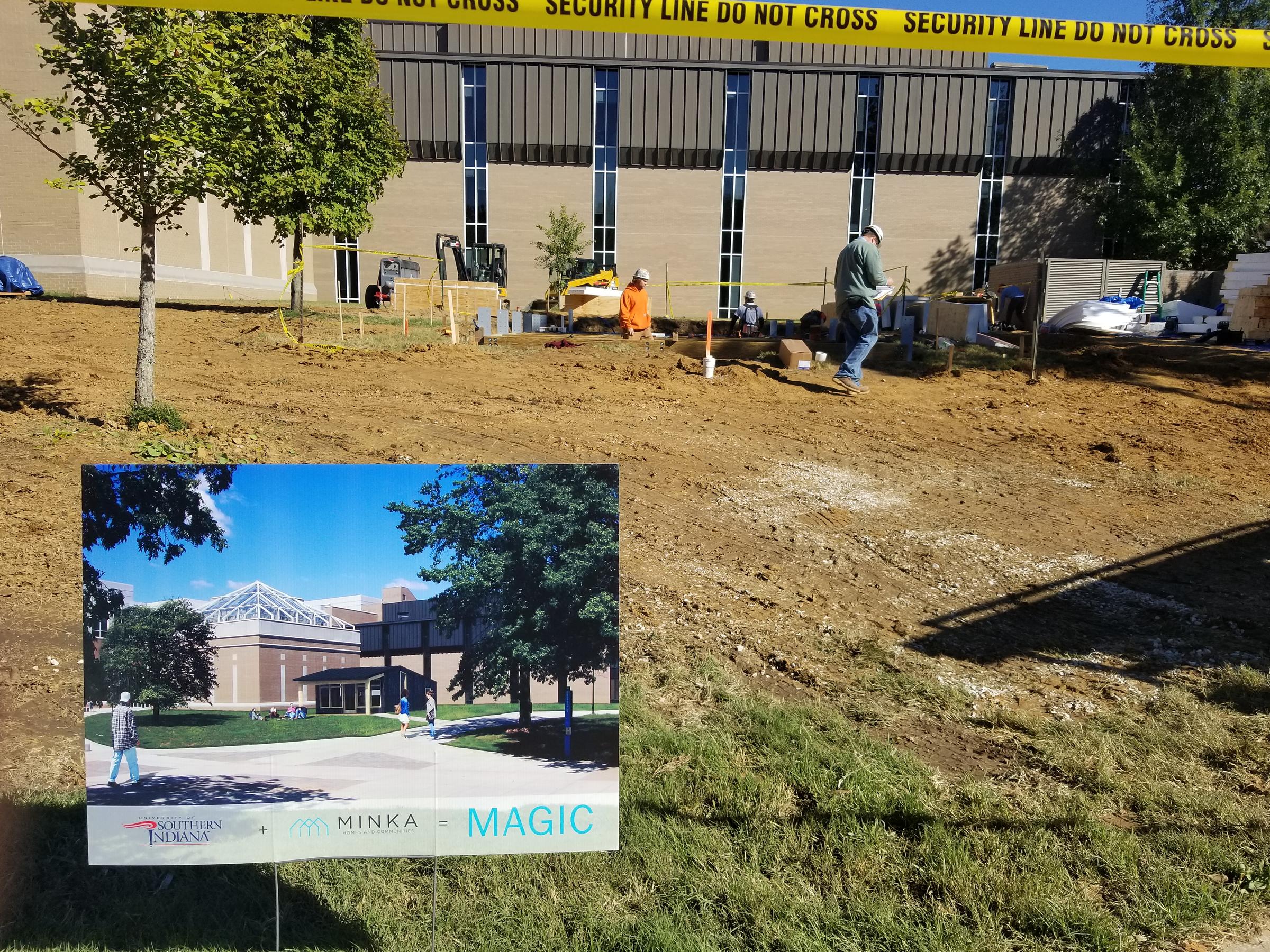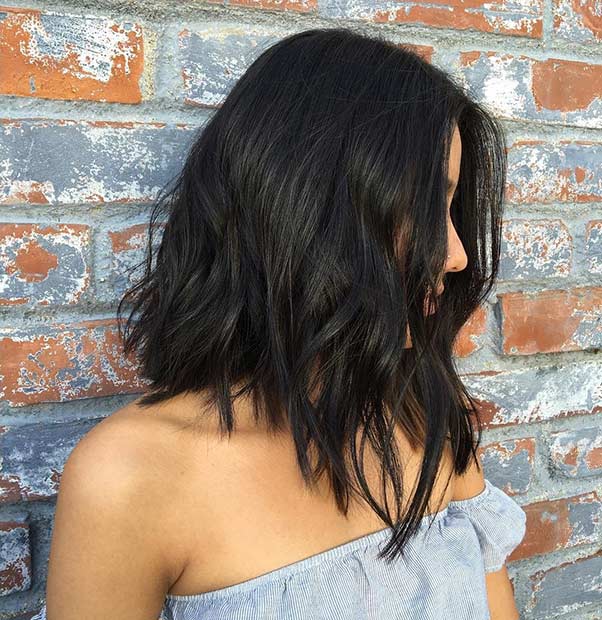Table Of Content

The oshi-ire is not a room per se but a storage space tucked away in a different room of the house. As in any typical living room, this is the area of the house where people gather. It is a room for TV-watching, having drinks, and simply enjoying each other’s company. The agarikamachi is a step higher than the tataki floor and leads directly to the main entryway. You must take your shoes off at this point, leaving them on the tataki floor before venturing any further. This process ensures that no dirt from the outside comes into the house interior.
A Fondness for Flowers – Enjoying Japan’s Flowers through the Seasons. Part 3: Sakura – Cherry Blossom
Together, they form a great hall open to the interlocking beams above. Smaller sleeping and guest rooms beyond it are hidden behind removable panels. Kōshi mado are windows with a lattice made from thin strips of wood arranged within a timber frame. Those consisting entirely of parallel strips, without any cross-pieces, are called renji.
Main navigation
“This unique compound [has] an impressive architectural pedigree,” listing agent Stephanie Younger of Compass tells Mansion Global. Off the circular driveway, a lush garden courtyard with tranquility at its core is sure to have you feeling centered before entering the home. Once inside, the interiors are decidedly modern but still embrace the Eastern “less is more” philosophy. Many Minka Architecture-style houses are preserved by the Japanese government to this day. There are several locations where Minka Architecture-style houses can be found, like the ones in open-air museum in Kawasaki, Shirakawa in Gifu Prefecture, or Gokayama in Toyama Prefecture. All of these Minka Architecture preservations have been designated as World Heritage Sites by UNESCO.
Riken Yamamoto Design Philosophy

Minka has been changing its design reflecting natural, financial and cultural environment. Strictly speaking, wabi sabi in traditional Japanese architecture should be about shoin zukuri, sukiya zukuri and chashitsu. It would be safe to say that the Dojinsai is the origin of “wabi sabi architecture.” if such a term existed.
Minka: The Allure of Japanese Farmhouses and Other Old Dwellings
A revived minka combines the stature and serenity of the original with the comforts of modern life. A fourth dimension -- time -- shows in its adz-cut beams and the lacquer-like sheen of its sturdy pillars, left by generations of polishing cloths and the soot of hearth fires. Machiya (town houses)Machiya are small in width at the entrance and long in depth, often with a passage running through from the front of the house to the back. The room on the street was used as a shop, and the residence area and a storehouse were at the back.
A number of styles of farmhouses came to maturity during the Edo period; some typical examples follow. Minaka was built on a typical urban lot in Vietnam which is narrow and small and one open side. With great demand for use, the vertical expansion of usable space is inevitable. The important issue to solve is getting light for a tall and narrow “tube”. Besides, Interaction with urban spaces is also something we care about.
Tips on How to Survive on a Student Food Budget in Japan
Perched on top of the open timber frame, nimble Japanese carpenters swung heavy mallets, trying to coax its aged wooden joints to let go. A computer engineer from Chicago, red hair damp under his hard hat, swallowed his fear of heights to clamber up with a crowbar. But a quiet current of preservationists is working to save the few that are left, either in their original settings or transplanted elsewhere.
A minka ("people's house") is a Japanese country house traditionally built with simple materials like bamboo, earth and straw. Once inhabited by farmers, artisans and merchants, today it tends to be replaced by more modern buildings. Japan is aware of the disappearance of its rural heritage and very strong regional character, and undertook a policy of preserving and fixing some of these homes. In some cases, entire villages have been renovated, such as Shirakawa-go, that is when they are not entirely recreated as is the case of Hida-Takayama and Minka-en near Tokyo. The toko-gamachi is a horizontal decorative board used to cover the front of the raised floor section of the tokonoma alcove. Toko-gamachi are often lacquered, and precious timbers are frequently used as a design feature.
Small Homes For Aging
It goes without saying that traditional Japanese housing is absolutely stunning; a true work of art and architecture. In what follows, we’ll discuss the several unique features exclusive to traditional Japanese housing, its purpose, and its history of why the said feature was first implemented. Japanese residential structures (Minka) are categorized into four kinds of housing before the modern versions of Japanese homes.
Geography, climate, and inhabitants’ lifestyle dictated the designs and materials used in the minka. In this article, the floor plans are according to the tatami mat or kyoma method. Here in Japan, although an overwhelming majority prefer to buy or build a new home, admirers of the nation’s centuries-old wooden farmhouses, or minka, are another story. The rustic homes epitomize the unadorned beauty that is the essence of Japanese artistry, reflecting their intimate bond with nature.
The farmhouse they are shipping to their home in Pepperell, Mass., from the rice paddies of northern Japan is a massive, 6,000-square-foot structure built in 1891 of hand-hewn logs. In the late spring, I read Azby Brown’s Just Enough, a book that details the life of peasants, city-dwellers, and samurai during the Edo period of Japan. The book is great, with many beautiful and descriptive illustrations of all manner of timber frame buildings, farm layouts, cooking utensils, etc. There is the requisite terrace to enjoy the outdoors and a balcony on the second floor for the same purpose. The main entryway on the first floor has ample space for footwear, which is not allowed in the home interior. However, it is patterned after many Japanese homes that comfortably house single residents.
Mosman Minka House / Downie North Architects - ArchDaily
Mosman Minka House / Downie North Architects.
Posted: Wed, 25 Jan 2023 08:00:00 GMT [source]
In addition to kirizuma and yosemune, there are two other types of roof shapes, named irimoya and kirutsuma. To make it short, yosemune looks like hipped roof (atap perisai in Indonesia), kirutsuma looks like open gable roof (atap pelana in Indonesia), and irimoya is the combination of both roof. The last few weeks, I’ve been working on my final project which, I don’t think is actually as great as the final projects usually done by architecture students. So I went to ArchDaily, scrolling for like an hour, and stumbled upon a column about the modern adaptation of Minka House.
The doma has direct access to the outside and contrasts with the raised floor of the rest of the house. This is a utilitarian area, a little like a lean-to shed, used for food preparation and activities such as pounding or milling rice. The irori is the sunken hearth once found in all farmhouses, where the family would gather to eat and relax. The exterior walls of the house that align parallel to the ridgeline are known as hira walls, while the shorter end walls under the gables are called tsuma walls. Houses with the main entrance in the tsuma gable end are called tsuma-iri, while those with the main entrance on the side that runs parallel to the ridgeline are called hira-iri. The mid-century modern time capsule was built in 1960 by Jack A. Charney, a disciple of California architect Richard Neutra.
⑬ Soseki (礎石) – Foundation StonesSoseki are the foundation stones of the building. To ensure stability, they are laid into a bed of stone or compacted gravel. In old minka, the footplate and pillars sat atop round, uncut foundation stones, while the daikoku-bashira (main pillar) was commonly placed atop a special square-hewn stone. ⑫ Dodai (土台) – Foundation Sill or FootplateThe dodai is a system of horizontal beams that form the footplate at the base of a Japanese timber building. They are hewn from decay-resistant timber such as chestnut and laid directly atop the foundation stones, forming a base for the posts of the building.
Fusuma consist of a wooden framework covered on both sides with heavy paper or fabric. They are fitted with a frame of lacquered wood around the outer edges of the panel. The term fusuma derives from fusuma shōji, opaque panels used to partition the fusu-ma, or sleeping space. Hisashi are additional eaves protruding over windows and entrances, constructed beneath the main roof to provide shade and protection from the rain.
To add to the property’s calming nature, a yoga or meditation room can be found at the rear. Nestled within the lawn space out back, a Cyprus-shaped pool, stone walkways and pond make this minka truly feel like a hidden hideaway. Irises, maple leaves, temple candle stands and a kimono are displayed against a golden folding screen (byobu). The pattern on the kimono is made especially for early summer, and features carp swimming up the waterfalls, Legend has it that the carp can become dragons if they can succeed in reaching the top.

No comments:
Post a Comment